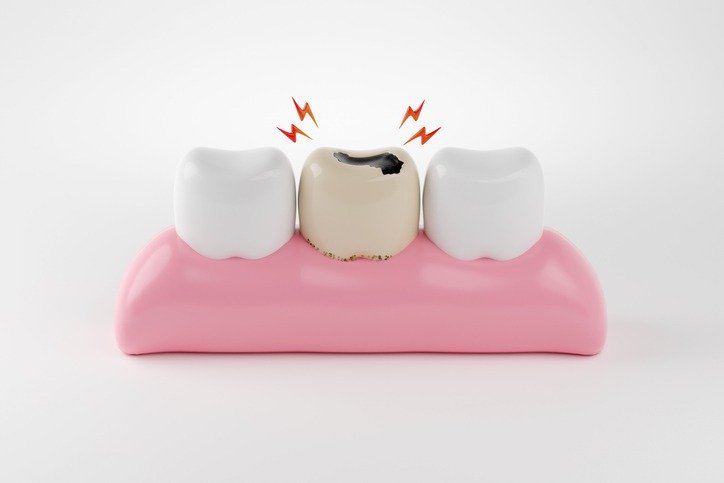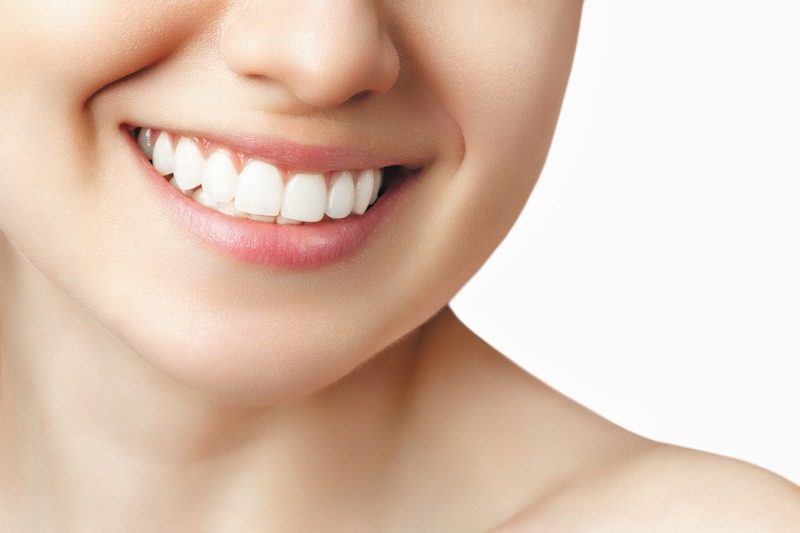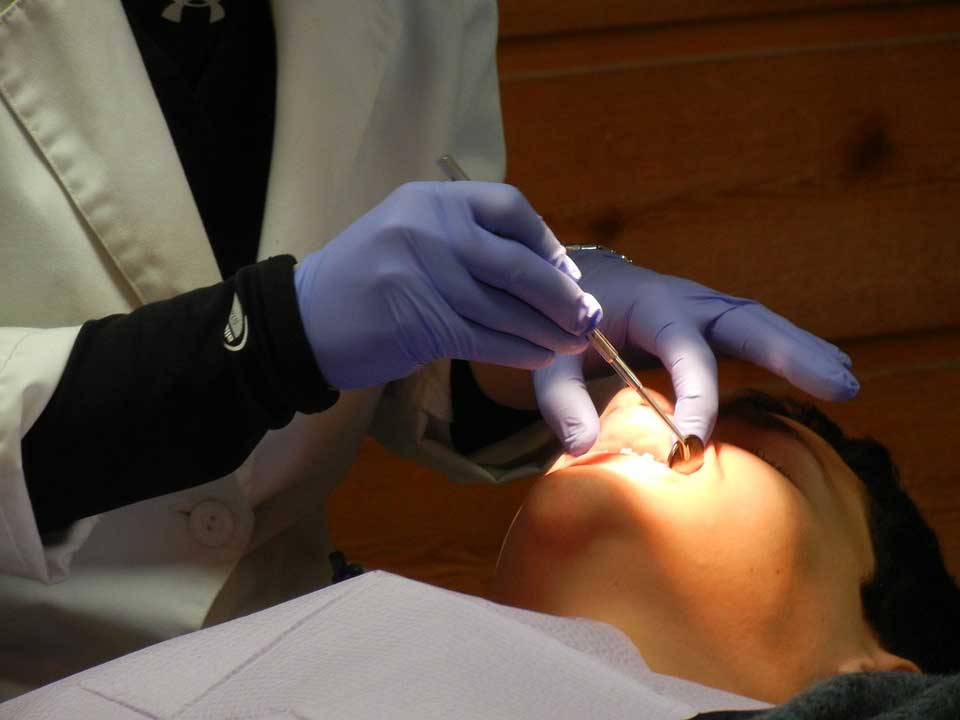
Which Teeth Are Most Painful for Babies?
Infants typically experience pain as their incisors develop. This can be an uncomfortable time for them and many parents can attest to this. Teething can be difficult for your baby, especially when the largest incisors emerge.
This is a phase where the more you know, the more you can help them seek comfort. It is critical for children’s early physical, mental, and social development to have new teeth free of disease and pain. So let’s start learning about the most painful part of teeth development in children and ways to manage them.
What is teething?
Teething occurs when the baby’s teeth come out of the gum lines. This process makes their teeth hurt and gives them sore gums, leaving them fussier and prone to chewing on things they can get their mouths on.
When does the onset of teething occur?
Teething can set about as early as three months. Meanwhile, the average age at which the first tooth emerges is between four and seven months. There is a timeline for when the upper, central, and lateral incisors come in. Initially, the lower central incisors come first, followed by the four upper teeth and large molars. Gradually, the remaining bottom lateral incisors appear then the canines follow.
How long does teething pain last?
Some think the sprouting of the canine teeth is the most painful of all the stages of tooth development. However, the growth of primary molars is known to be a more difficult time for babies because these are comparably bigger than the rest. Moreover, the growth of a baby’s first incisor is also a very painful time as the pain and discomfort it causes are unfamiliar and new.
Typically, the pain and irritability around a baby’s gum usually last about 8 days. This is the time when the tooth tears through the gums and erupts. As soon as the tooth is out, the pain and discomfort that come with it usually subside.
Signs of Teething
In most cases, teething symptoms show prior to the actual appearance of baby teeth. Children frequently experience bouts of teething pain with the following:
- reduced appetite
- swollen, red gums
- increased irritability
- high body temperature
- excessive drooling
You can also tell if teething babies are trying to comfort themselves during this period. You might notice them frequently putting their hands on or in their mouths and exerting pressure on their gums to gain relief from pain. Hence, it is handy to always prepare a small bib to keep your babies dry.
Is it safe to use teething necklaces?
The American Academy of Pediatric Dentistry strongly discourages parents from letting their children use wood, marble, silicone, or amber teething necklaces and teething rings at the onset of their primary teeth. While these accessories are believed to ease the pain of teething, these products are choking or strangulation hazards for babies. If you do insist to use one for your child, always keep them supervised to minimize these risks.
Soothing Techniques for a Teething Baby
- Massaging your baby’s gums is one way to help your child feel more comfortable while experiencing teething pains. You can use this method by using a clean finger or clean washcloth.
- With proper caution and supervision, you can give a chilled teething ring to your child. Make sure to choose those made of rubber over the ones made of plastic, wood, or gel-filled as these materials can crack and break when cooled.
- Using a cold, wet washcloth to put a bit of pressure on your baby’s gums can help too. Prepare a few clean washcloths dipped in water and store them in the freezer for at least 30 to 60 minutes. Apart from giving your children relief, these can also be used as an improvised teething alternative.
- To soothe your baby’s first symptoms of teething, you can serve them cold treats like yogurt, frozen fruits, or applesauce. Moreover, there are also teething biscuits available for your child.
- If you opt to give a hard vegetable instead, make sure to supervise your child as these may also pose a choking risk. Consult your pediatrician before serving these to confirm that it is appropriate for your baby’s diet and age.
- Most babies have trouble with sleepless nights because of teething pain. If you think that your child needs medication, consult with a doctor to get a prescription and a weight-appropriate dose. Caution must be practiced as some medications can be harmful to your child.
- Ultimately, having a cool object for your child to chew on can ease their discomfort especially when the molars and biggest teeth start growing. Regardless of which procedure you decide to use, make sure that all the items you put in your baby’s mouth are disinfected and are not small enough to swallow.

What kind of dental care must be followed for milk teeth?
A pediatric dentist should monitor the tooth development of a child to ensure its proper growth. You should opt for a scheduled checkup at a reliable dental facility to check your child’s teeth to guarantee that there are no issues and that their teeth are coming as they should. Here are a couple more steps you can take to make sure you are giving your baby the care it deserves:
- Prepare a soft, moistened gauze or washcloth to wipe your baby’s gums at least two times a day. Make it a habit especially after every feeding to avoid bacteria from building up plaque in the teeth coming out.
- When your baby get to age 3, your pediatrician may encourage you to let your child use a toothbrush. Make sure to get one with a large handle, soft brush bristle, and a small head to fit their mouth.
- Pediatricians usually advise the use of fluoride toothpaste at an age when a child is able to spit out when brushing. Using fluoride toothpaste can help clean and get rid of bacteria in your baby’s mouth. Consult with your doctor for the recommended amount to use for your baby.
- Avoid having your child to sleep with a bottle in their mouth as there is a higher risk of cavities in a baby’s first teeth. Most baby teeth often turn out bad that they can no longer be saved and must be removed. As any tooth is susceptible to decay, parents must practice proper baby oral hygiene to prevent tooth decay as much as they can.
The Importance of First Tooth
There are several reasons why the first tooth of a baby is important. This helps babies speak clearly and chew normally. Moreover, it is also connected to the formation of a route that the permanent teeth of a baby follow when they are ready to develop. Nevertheless, maintaining strong deciduous teeth is just as crucial for the oral health of infants as maintaining good permanent teeth as they age.
Misconceptions about Baby Teeth
Many individuals have the misconception that baby teeth are unimportant since they will eventually fall out. However, maintaining a high level of dental health throughout a child’s formative years at a dental home is crucial for t overall well-being. This prevents tooth decay and several other reasons.
In Conclusion
There are several methods to comfort your toddler in the different stages of teething. Paying attention to how your baby’s deciduous teeth grow can show you helpful hints to help you prepare for possible issues, understand teething symptoms, and learn the means to alleviate the pain that comes with it. Ultimately, this phase can be less painful and uncomfortable for your kids by acquiring proper knowledge on its management.
















































